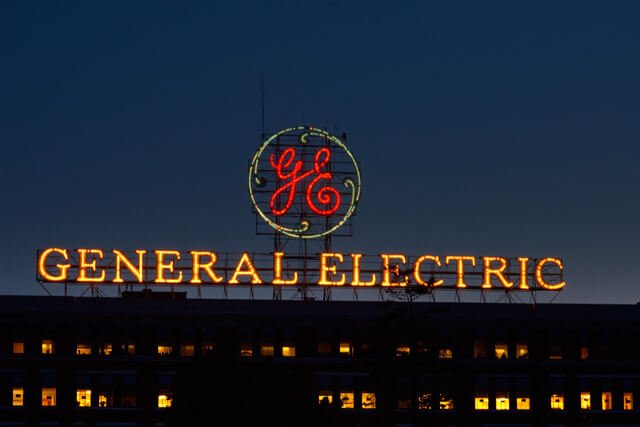Internet of Things has become one of the major revolutionary technologies that tends to make a profit of $357 billion by 2019.
There are several technological developments nowadays that tend to become next biggest tech revolution, just like Internet some time ago. Experts mention virtual and augmented reality among the most significant ones, but the leadership definitely belongs to the Internet of Things. This phenomenon promises to unite all conventional appliances, from thermostats to refrigerators, in one network connected to mobile devices. Thus, it gives people opportunity to control their homes being far away.
Research firm IDC talks about a growing interest in IoT: “U.S. organizations will invest more than $232 billion in Internet of Things hardware, software, services, and connectivity this year. And IDC expects U.S. IoT revenues will experience a compound annual growth rate of 16.1 percent over the 2015-2019 forecast period, reaching more than $357 billion in 2019.”
Now, we are facing the era when corporate giants all over the world compete to dominate the Internet of Things market. The main rivalry takes place between eight companies with market capitalizations over $150 billion – Google, Microsoft, Amazon, General Electric, AT&T, Verizon, IBM, and Cisco. It is interesting that only two of them – General Electric and Cisco – focus on industrial IoT.
Let’s study the approaches both companies take to prove themselves as trusted partners for IoT solutions.
General Electric: Focus on digital transformation
General Electric positions itself as the world’s premier digital industrial company that transforms the industry by connecting the physical and digital.
In 2014, the company developed an IoT platform based on the Cloud Foundry platform from Pivotal, a company that General Electric had previously invested $105 million in.
General Electric firmly counts on its roots in industrial business as well as on financial and technological investments in a modern cloud platform like Cloud Foundry. CEO Jeffrey Immelt says: “There is an incredible value around the asset in the industrial Internet that doesn’t exist in enterprise or the consumer Internet. In order for us to pull this off, we are going to have to create a horizontal company, a software analytics company, within GE.”
The company is known for its comment concerning digital transformation: “No matter where you enter the company, you are going to learn to code. Everybody. 100%.”
IDC enumerates manufacturing operations, transportation, and smart buildings as the most promising sectors for IoT. Although General Electric has the largest revenues in power, aviation, and healthcare, there are also billion dollar businesses in transportation, and appliances and lighting.
Cisco: Focus on connectivity
Cisco in its turn focuses on connectivity while delivering IoT solutions. It has already a customer database to be proud of:
BC Hydro, a Canadian utility company, employs Cisco Field Area Network and fog computing solutions to develop an IP-based, multi-service network to control smart meters, DA devices, and other grid endpoints.
The city of Mississauga, Canada’s sixth largest municipality, delivers city-wide Wi-Fi, connects its transit systems, modernizes buildings, and offers an intelligent streetlight system on the basis of the Cisco IoT System.
At the same time, the most significant move Cisco has taken to approach the leadership on IoT market is $1.4 billion acquisition of Jasper Technologies at the beginning of the year. The acquisition became the largest since 2013 when Cisco purchased cybersecurity company Sourcefire for about $2.5 billion. For the last years many smaller companies joined Cisco that sees investing in new products, such as data analytics software and cloud-based tools for data centers, rather profitable.
Cisco relies its IoT System on six technology pillars: Cisco Fog Computing, Network Connectivity, Physical and Cybersecurity, Data Analytics, Management and Automation, and Application Platform. The company though does not provide many details.
General Electric and Cisco Collaboration
Of course, two main candidates for industrial IoT leadership can’t avoid some kind of collaboration. Last year, they announced joint efforts to accelerate manufacturing productivity. It will be interesting to see how a network-centric approach from a company like Cisco will play out compared to an industrial equipment approach from General Electric.
